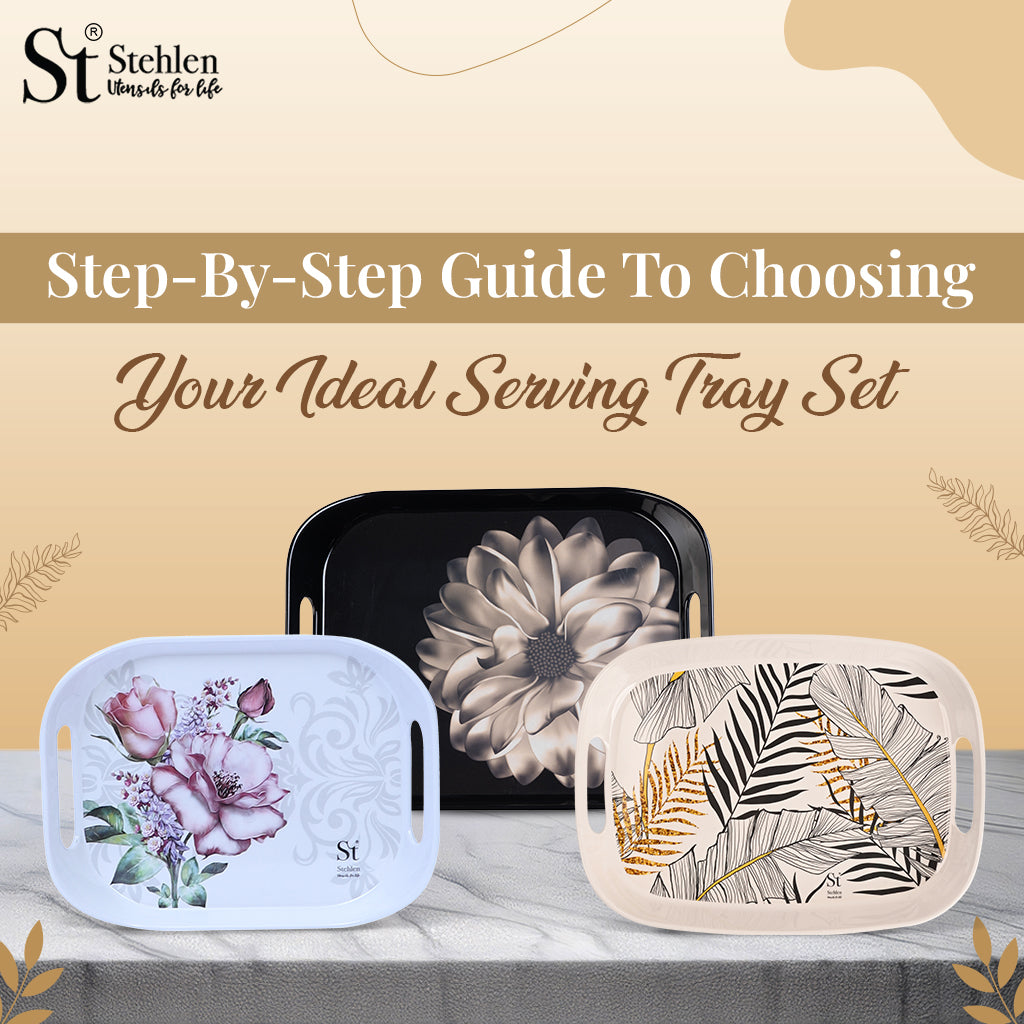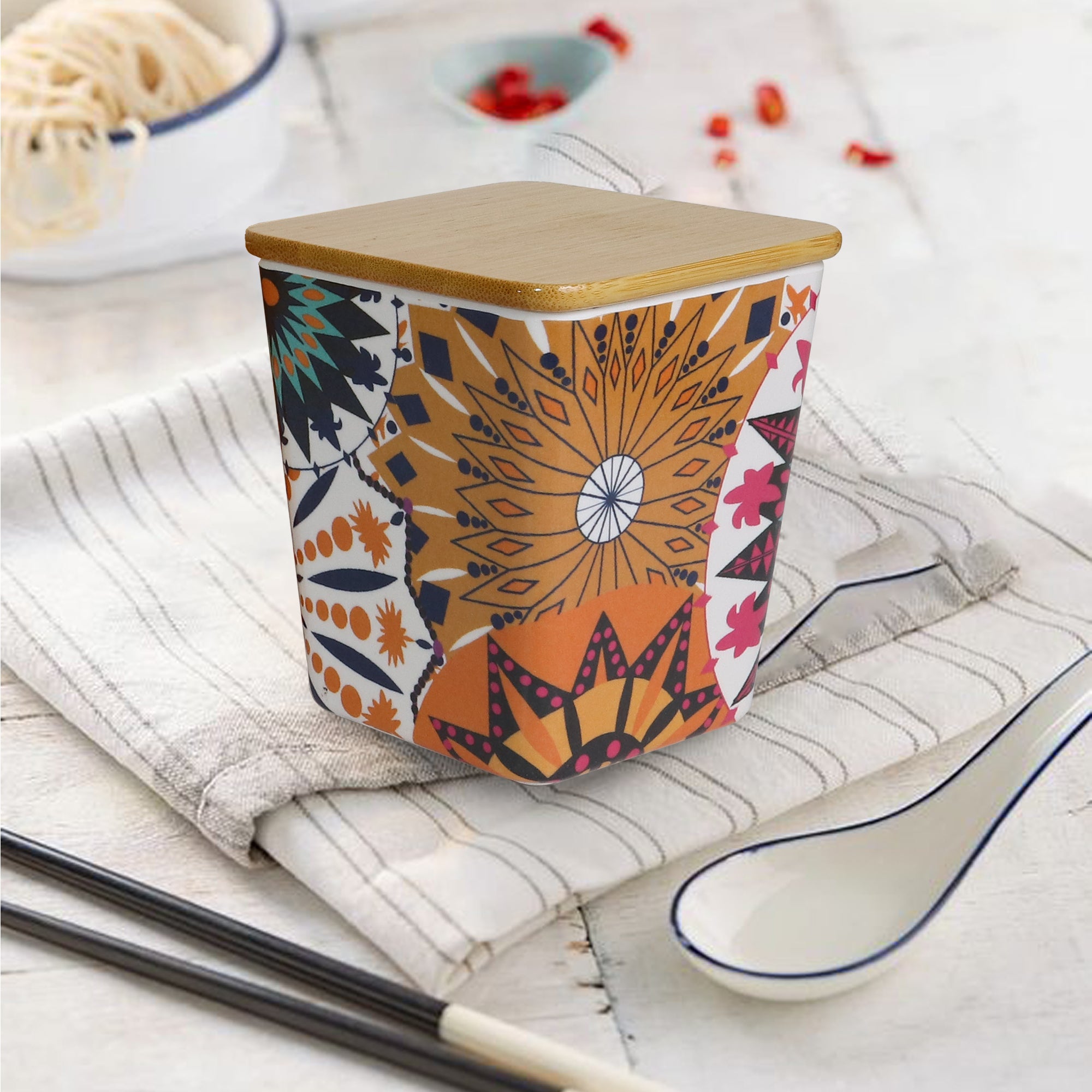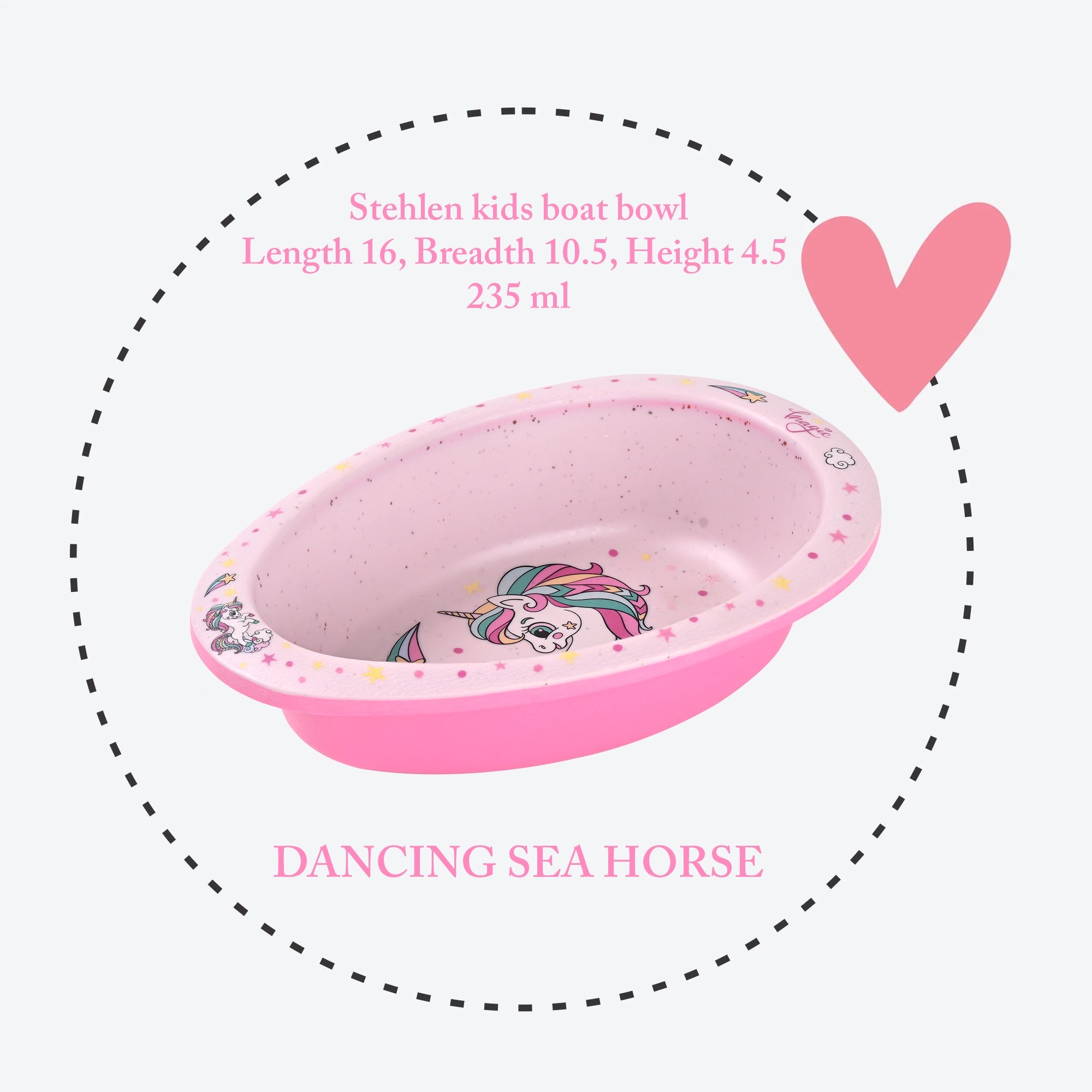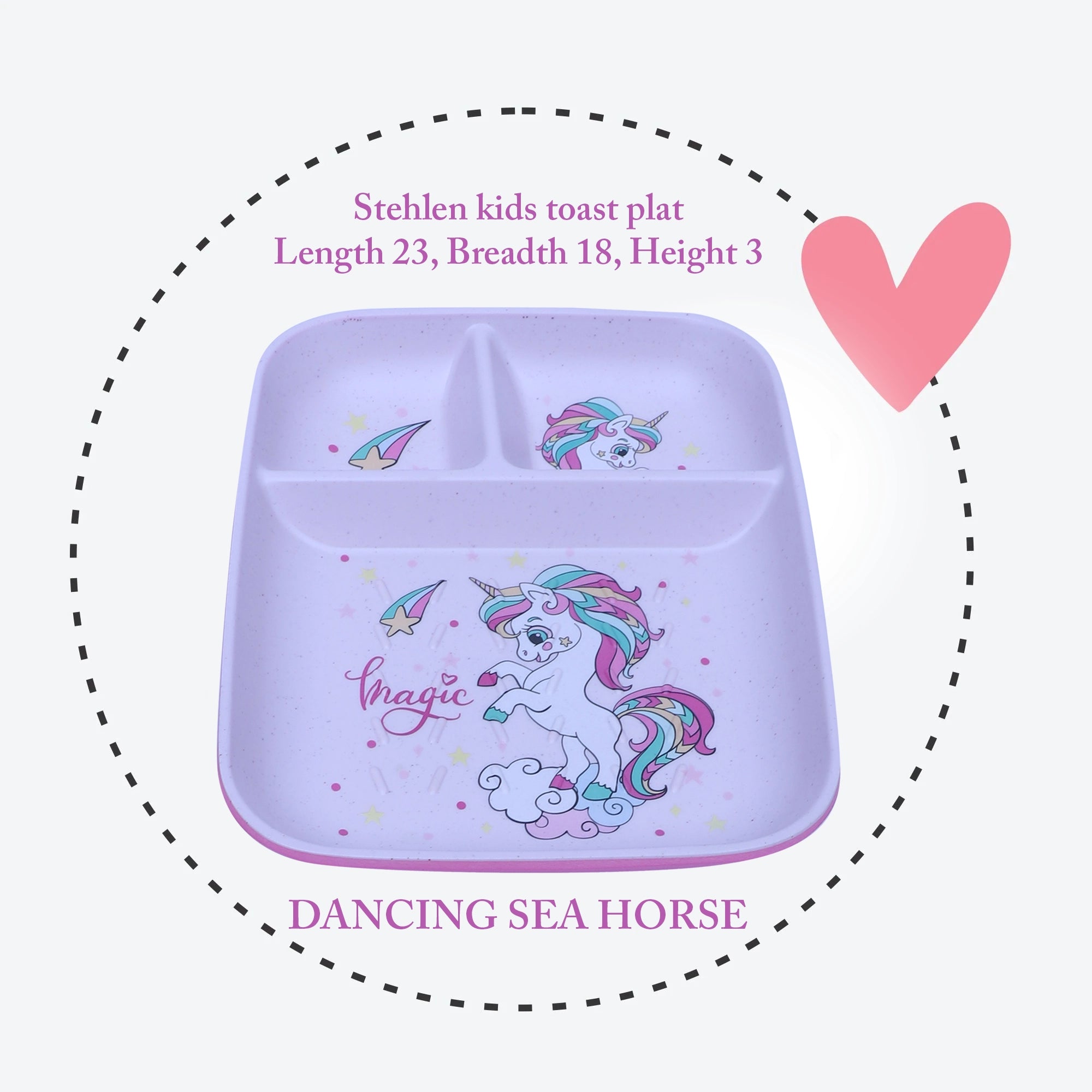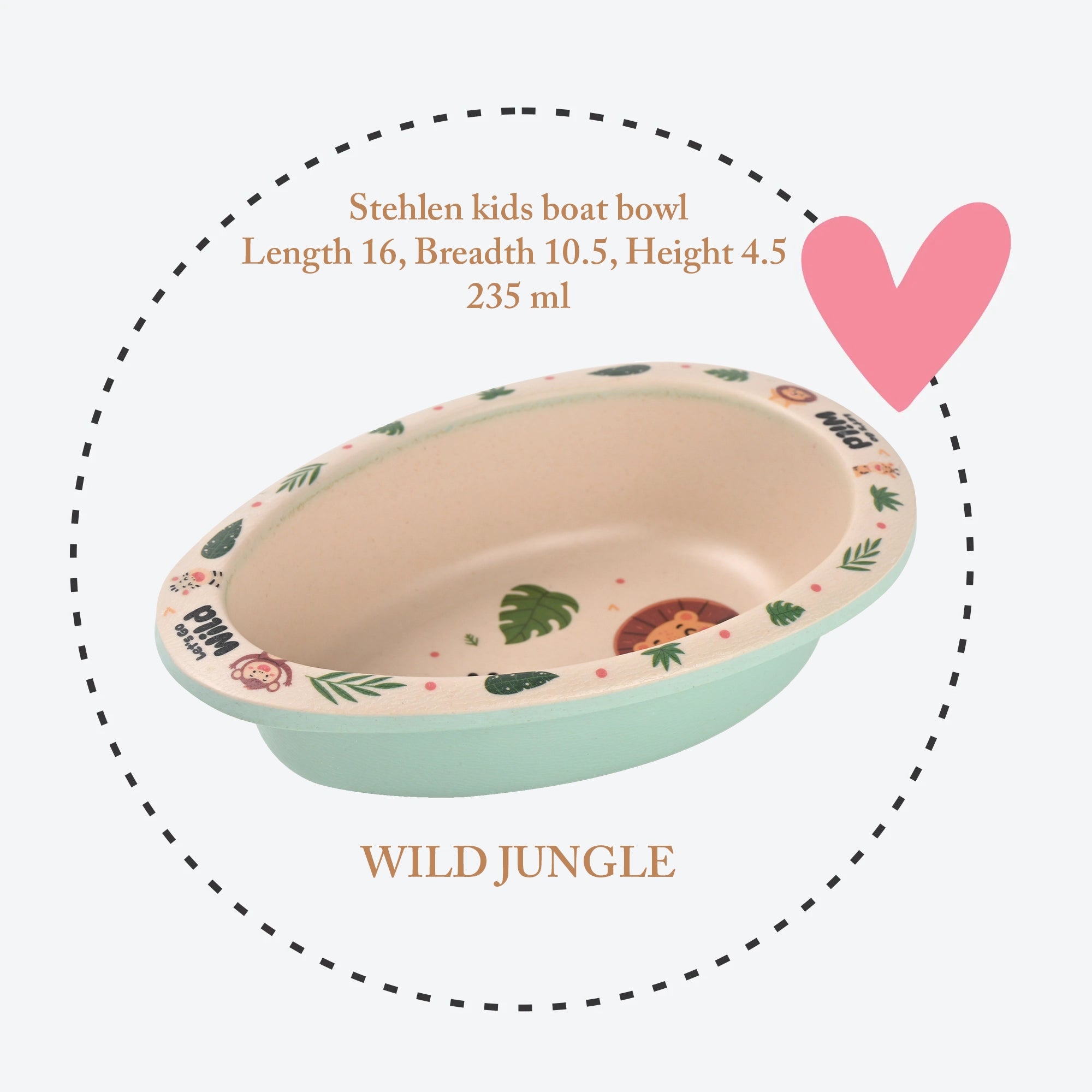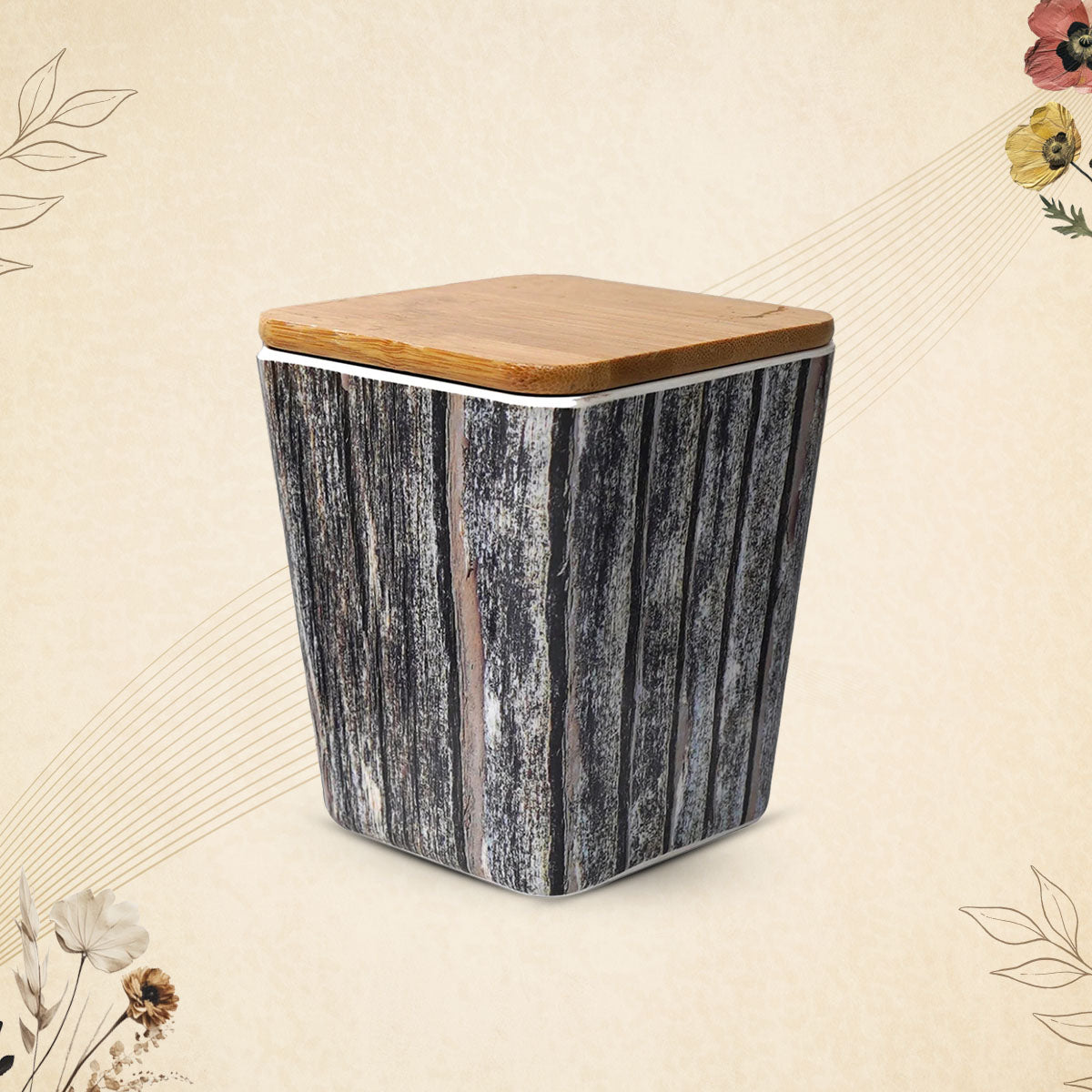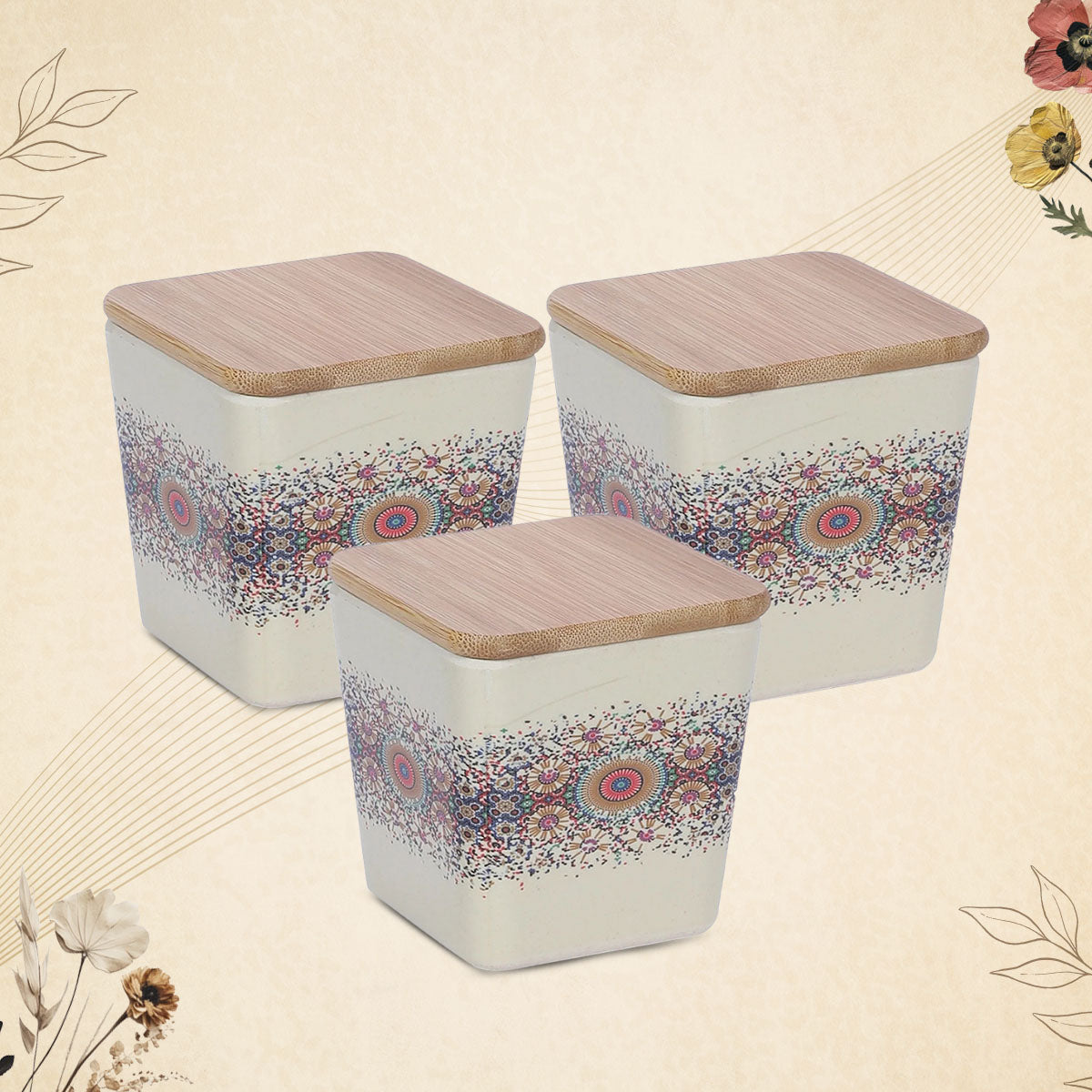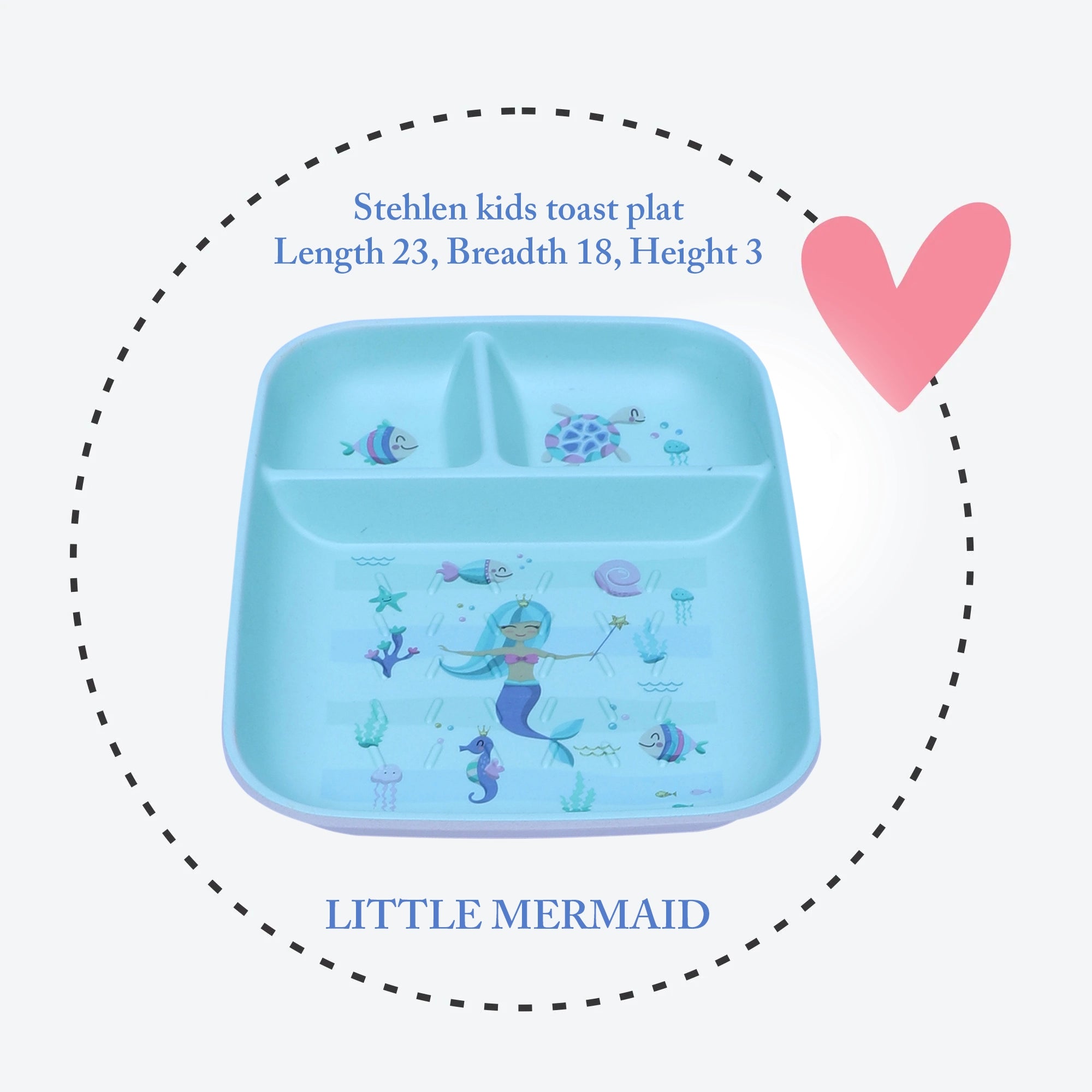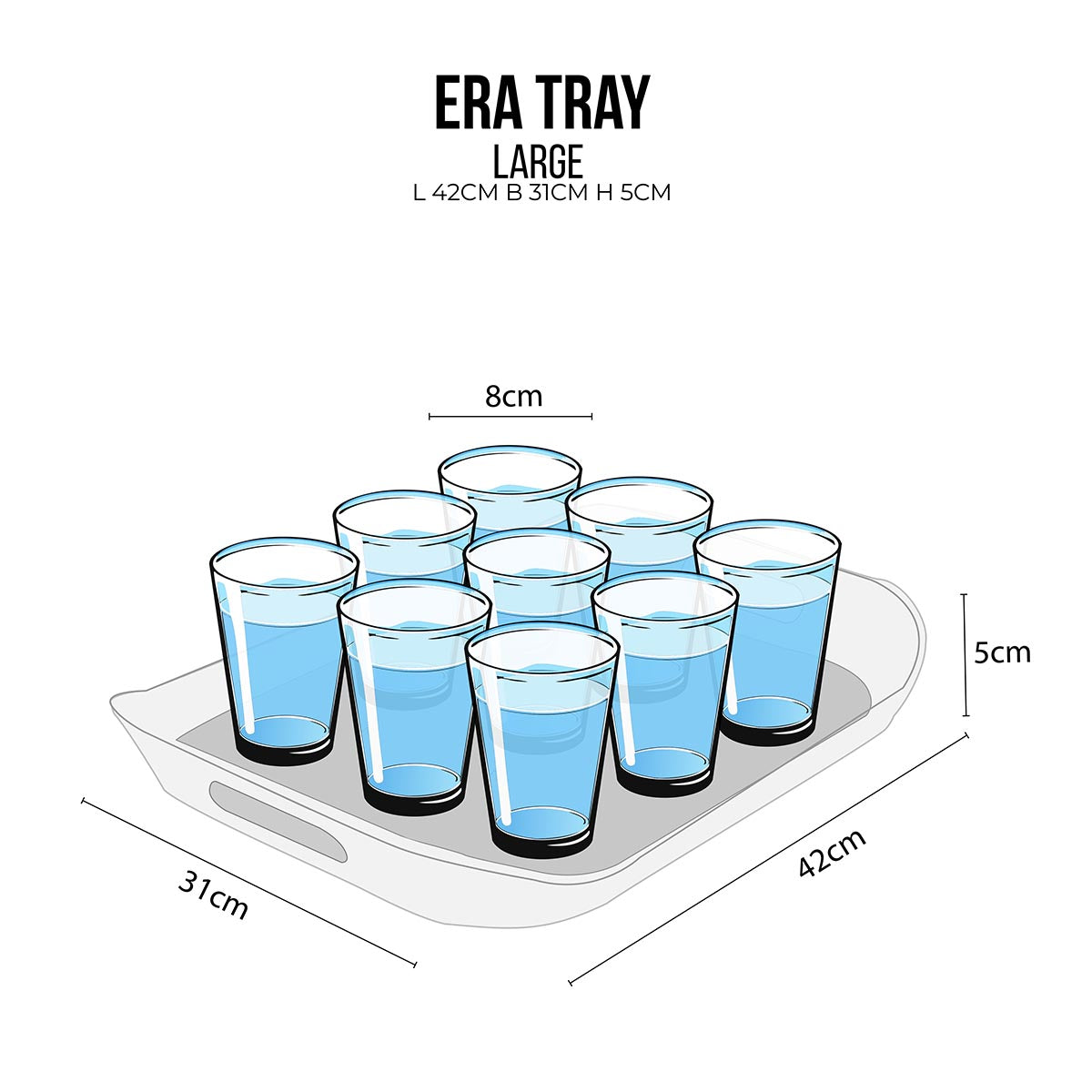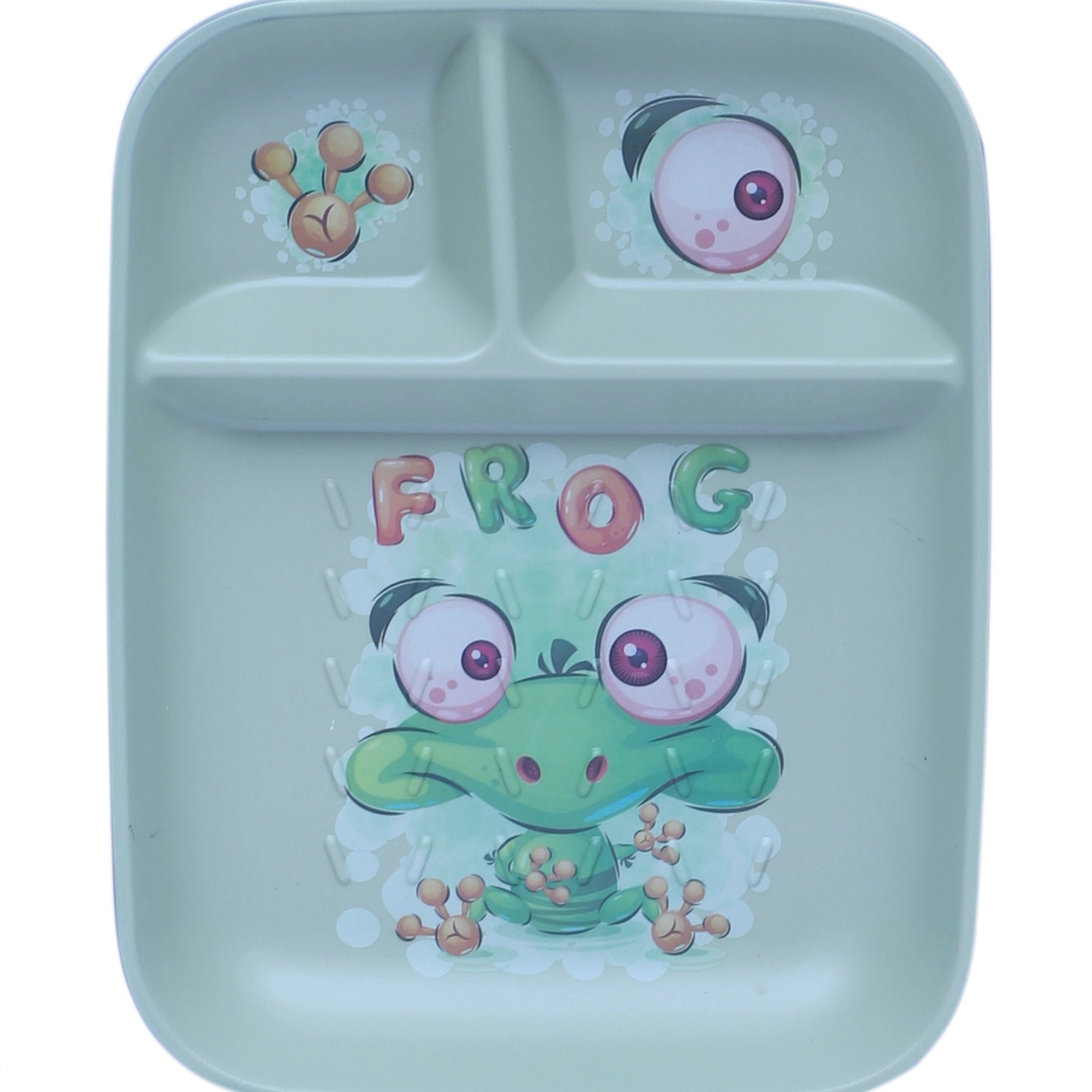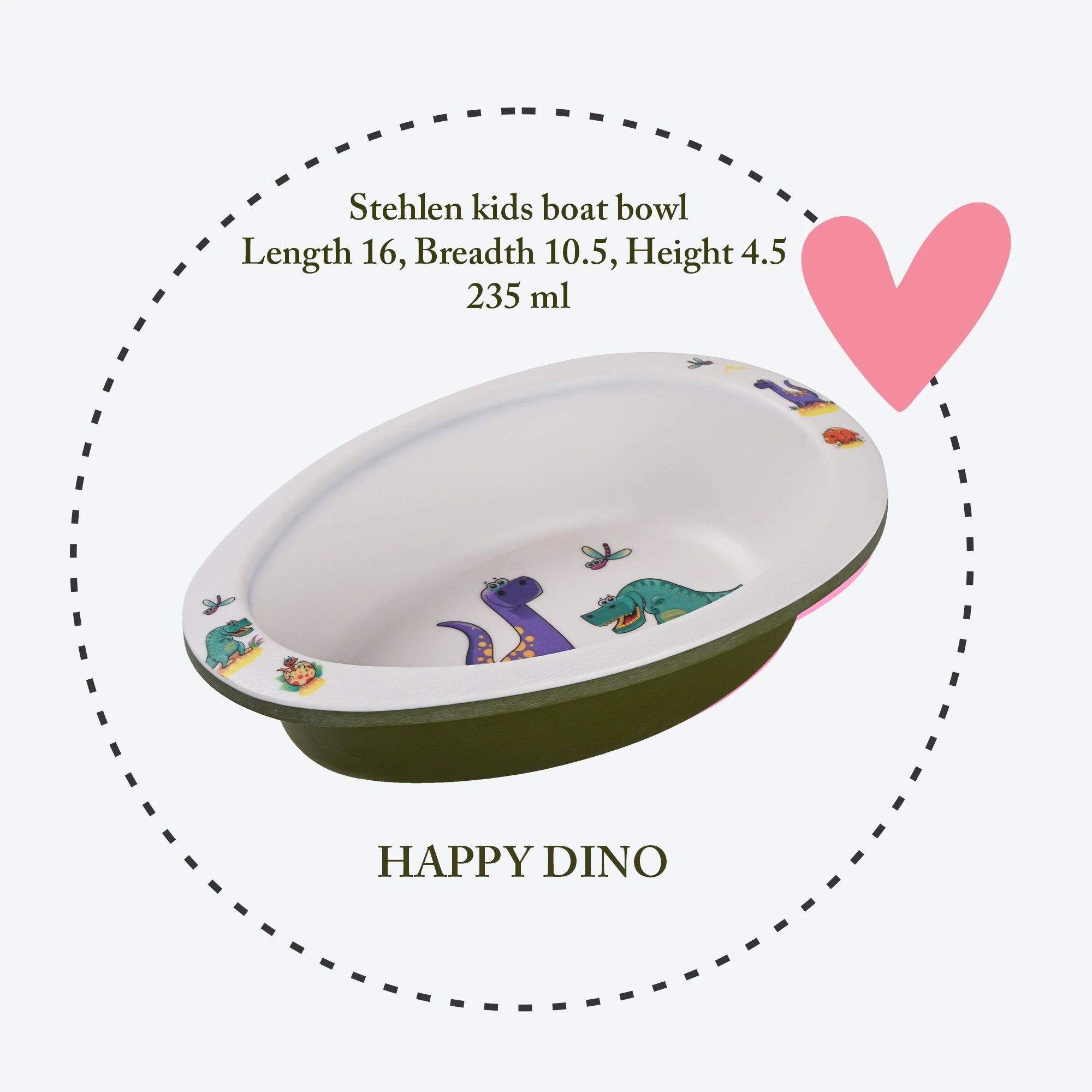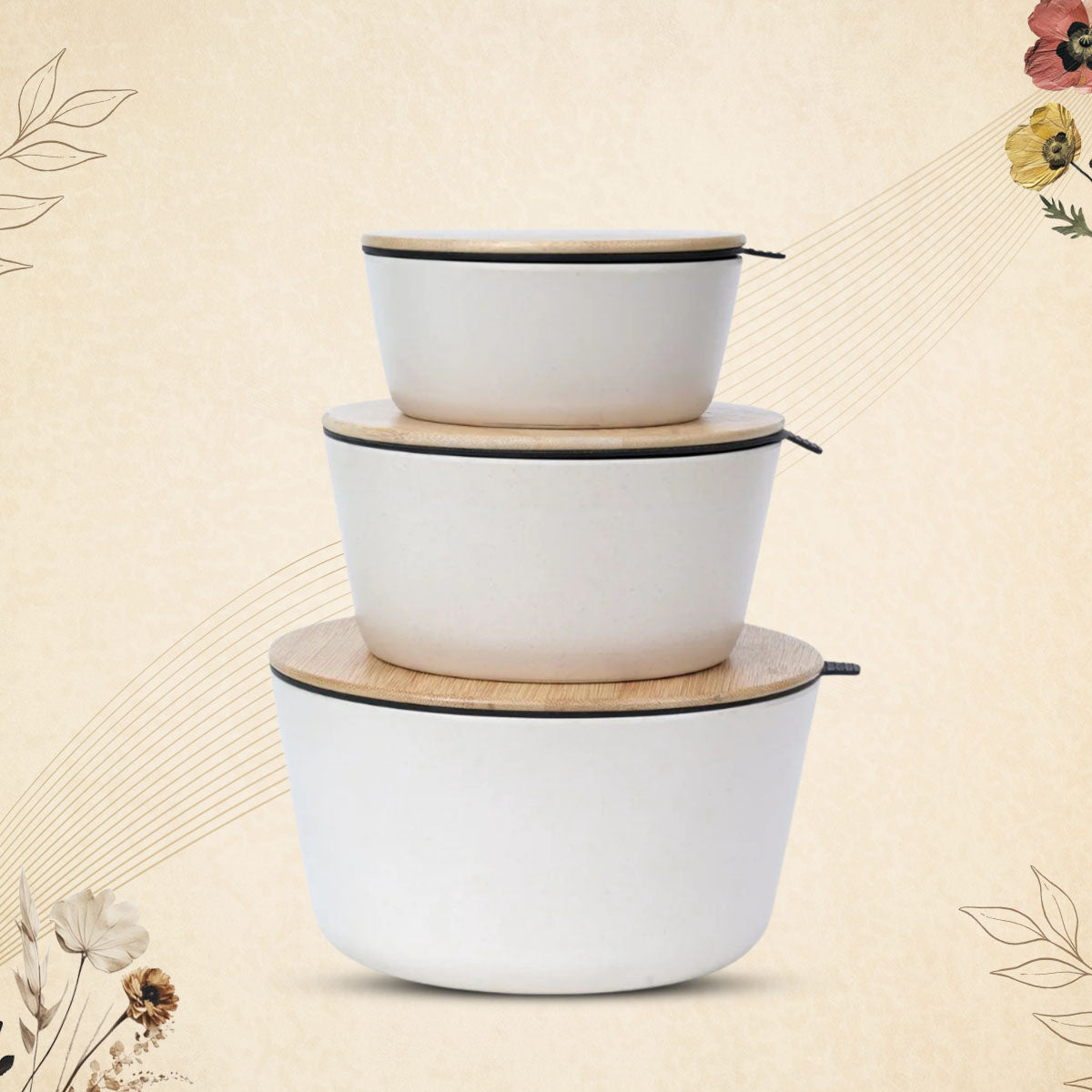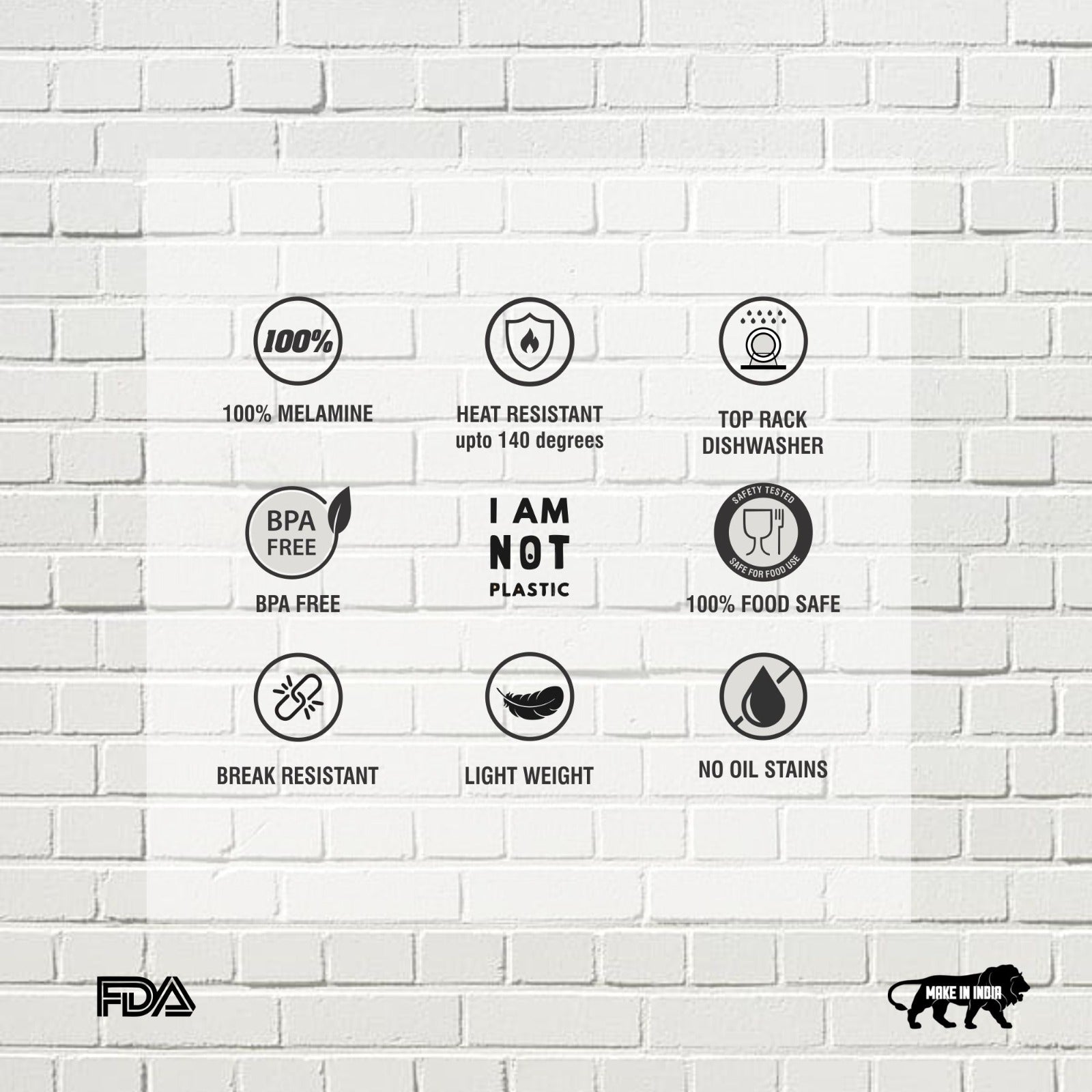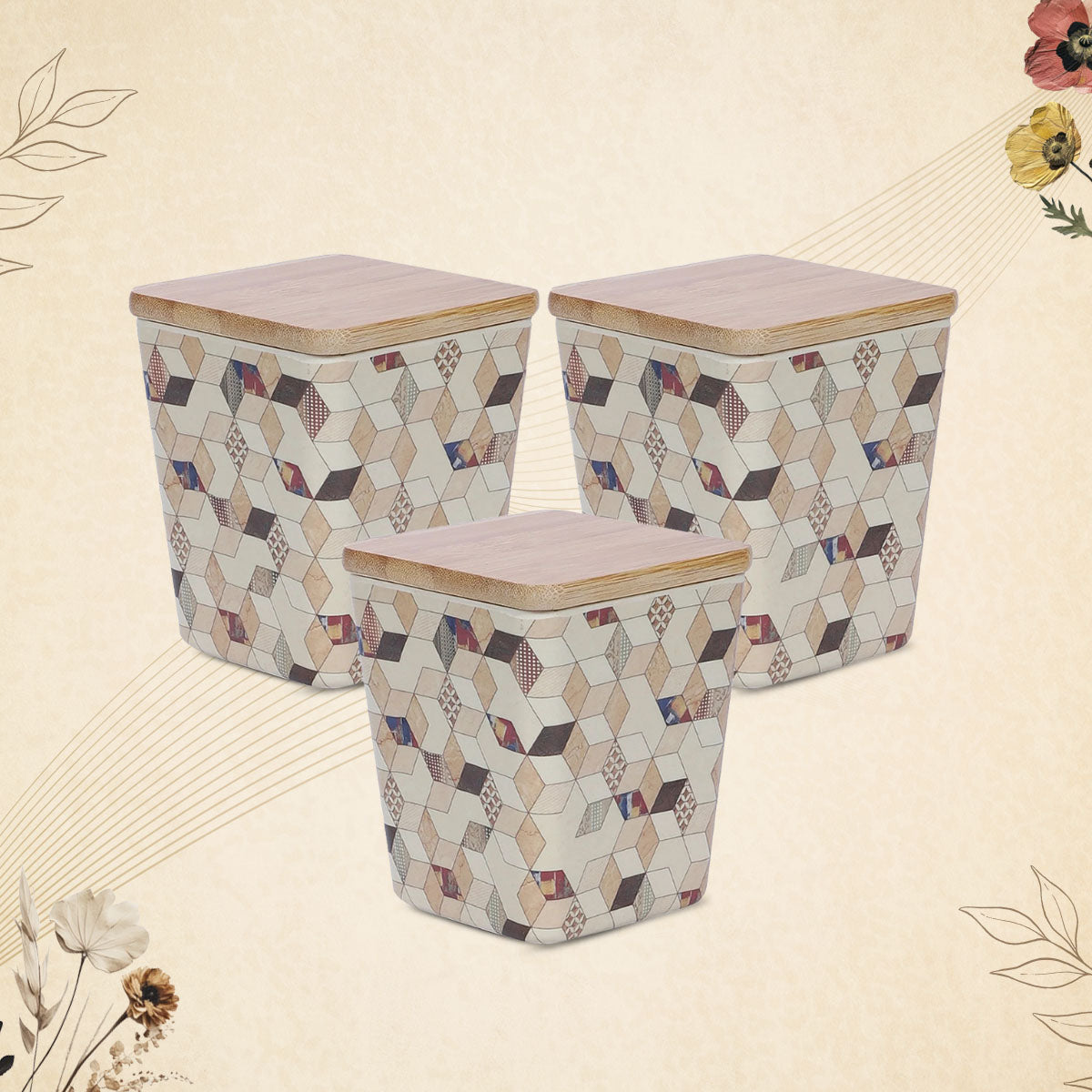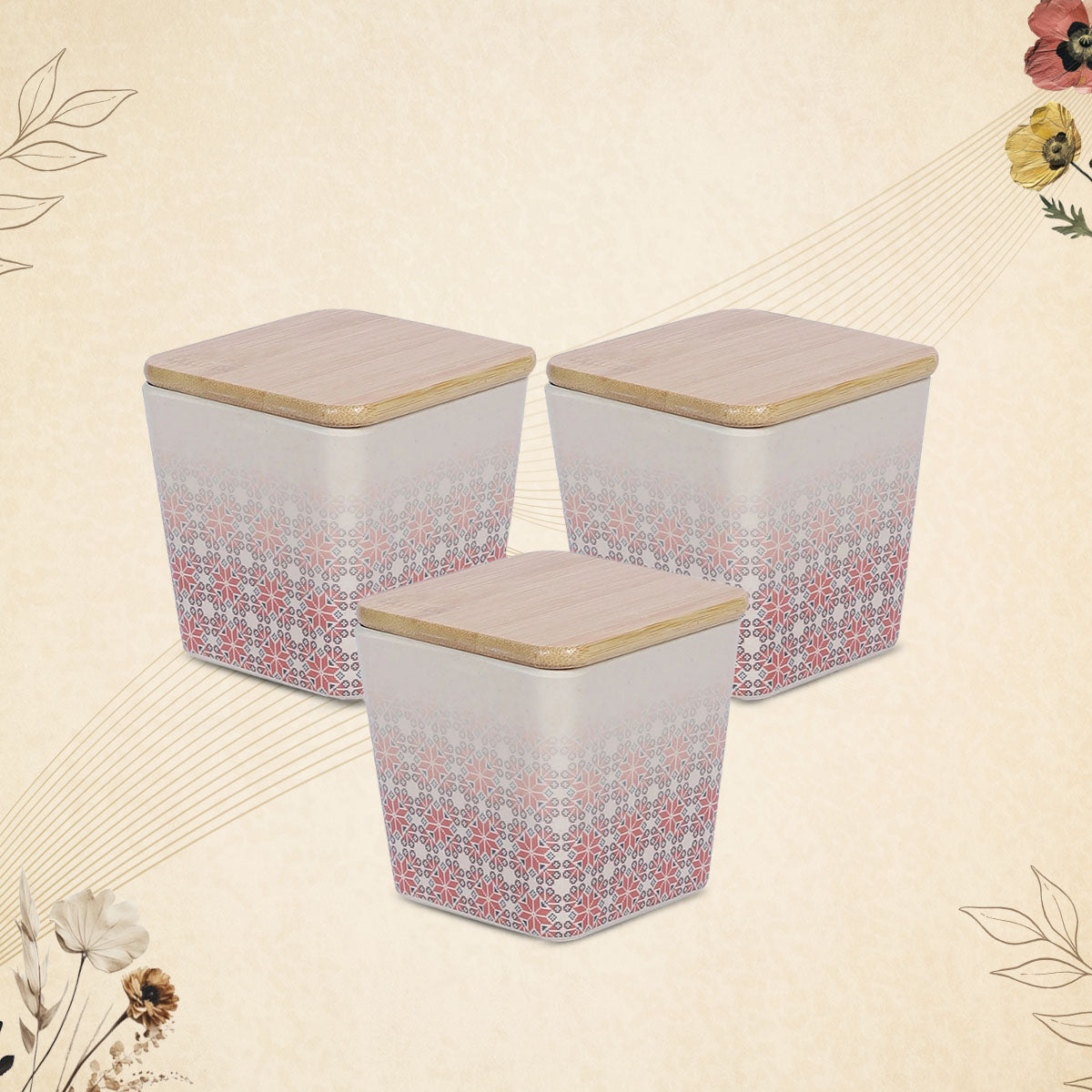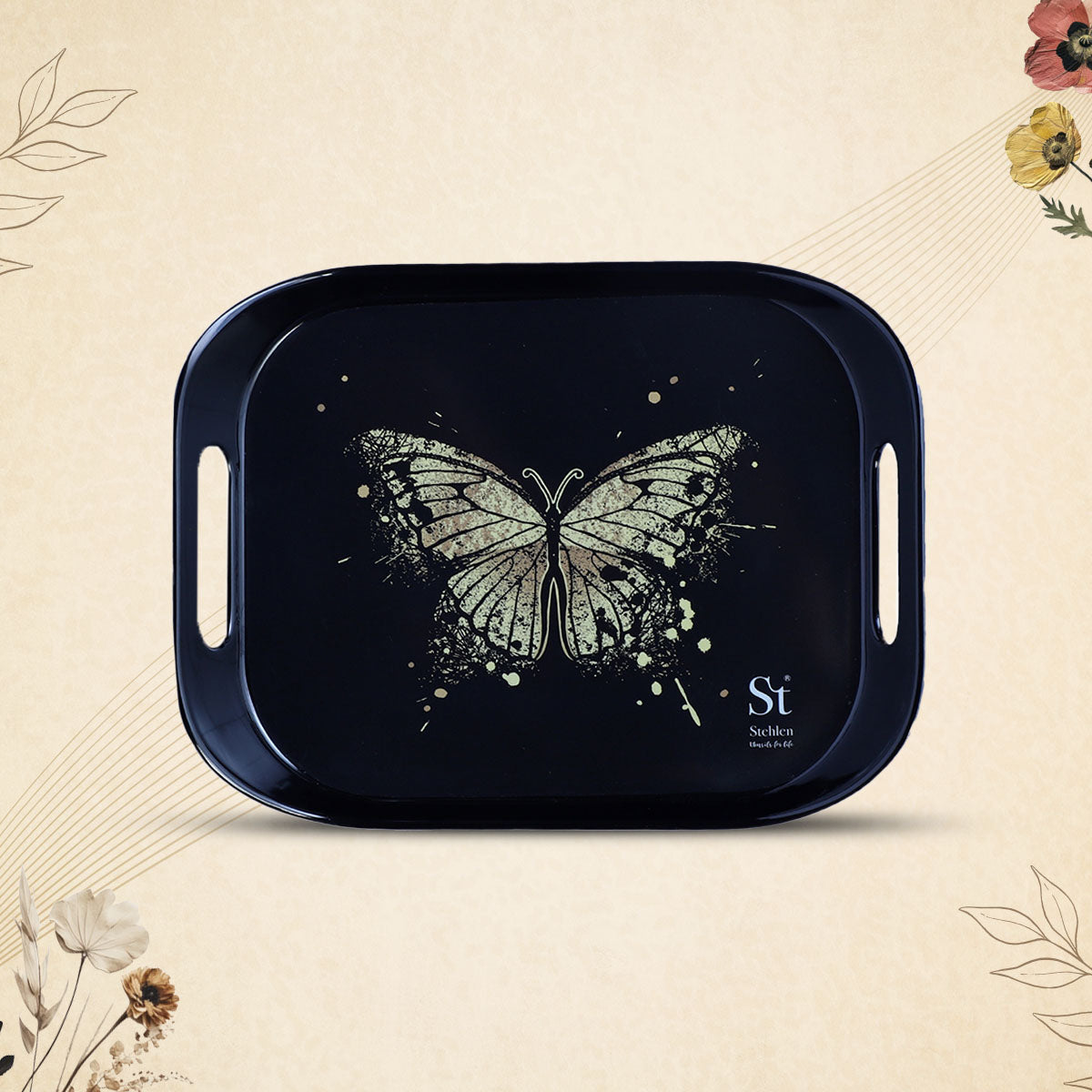
Simple Ways to Keep Pasta Serving Plates in Perfect Condition

A well-crafted dish deserves to be served on a clean and elegant PASTA SERVING PLATE that elevates the entire meal. These are not mere tableware. They influence the mood of the dining experience. Be it an everyday meal or an arrangement over the weekend, you maintain your Pasta Serving Plates because with time and care your tableware will continue to be lovely.
This guide gives simple, practical steps to keep your Pasta Serving Plates spotless, long-lasting, and ready to serve perfection every time.
10 Easy Tips to Keep Pasta Plates in Perfect Condition
1. Choose Quality Materials from the Start
Good care begins with good quality. When buying Pasta Serving Plates, always look for materials that are durable, lightweight, and resistant to scratches.
- Melamine plates are ideal for daily use since they are sturdy and less prone to breakage.
- Ceramic and porcelain options offer elegance and shine but need extra attention when handling.
- Glass plates are sleek and contemporary but can easily chip if mishandled.
Purchasing high-end Pasta Serving Plates from reputable sources, like Stehlen, guarantees you are beginning with offerings that are intended for long-lasting aesthetic and practical use.
2. Handle with Gentle Care During Cleaning
The manner in which you clean your Pasta Serving Plates is crucial to their longevity. Baking on clean marks is a bad practice.
- Use a soft sponge or microfiber cloth with a mild dish soap.
- Pasta Serving Plates don't need steel wool or abrasive pads; they will score the surface.
- Rinse thoroughly with warm water to ensure all detergent is removed.
For stains that are really stubborn, soak your Pasta Serving Plates in warm water with baking soda for 15 minutes. Baking in the warm water and baking soda will help to keep them clean and fresh without damaging the finish.
3. Avoid Sudden Temperature Changes
If you’re serving a combination of hot sauce and chilled salad pasta, beware: don't give your serving dishes extreme temperature variations. Drastic temperature changes can cause dishes, especially ceramic and glass pasta serving plates, to break and discolor.
- Let hot dishes cool slightly before plating.
- Do not place cold plates directly into hot water.
- Avoid placing hot plates immediately into the refrigerator.
Keeping a steady temperature range will help your Pasta Serving Plates retain their original structure and gloss for years.
4. Smart and Safe Storage
To keep your kitchen organized and to prevent accidental damage, proper storage is key. In fact, how you stack your Pasta Serving Plates is more important than you think.
- To prevent scratches, always place a soft napkin or paper towel between each plate.
- Avoid overloading shelves, as this may cause cracks and uneven pressure.
- Items should remain cool, dry, and shielded from direct sunlight to preserve their color and finish.
5. Allow for Complete Drying Before Stacking
A frequent oversight is placing dinnerware in stacks before they are fully dry. Leaving dinnerware in stacks without fully drying them may cause mould and staining. Your Pasta Serving Plates may also dull and develop spots.
- Tableware can be dried using a drying towel or may be left to dry at room temperature.
- Check for and remove any water that is trapped between stacked dinnerware.
- Do not use plastic drying racks since they will trap moisture in the dinner plates.
Hygienically safe food serving requires that tableware is fully dry to maintain its shine.
6. Use the Right Cutlery and Utensils
Scratches often come from cutlery, not cleaning. When using Pasta Serving Plates, choose utensils that are smooth-edged and non-metallic whenever possible.
- Wooden or silicone serving spoons are ideal.
- Do not use metal ladles that scratch and scuff the surface.
- When serving family-style from the platter, remember to use a different serving spoon, so a knife will not make direct contact with the platter.
When serving pasta, it comes straight from the pot to avoid any unnecessary surface wear.
7. Avoid Harsh Chemicals
Do not use bleach or other chemical detergents that strip your Pasta Serving Plates of their natural shine and pattern. Use natural or gentle cleaning methods that keep the hygiene and appearance of your Pasta Serving Plates intact.
An easy homemade cleaner combines equal parts vinegar and water. After that, wipe clean with a soft cloth. Using this cleaning method leaves your Pasta Serving Plates clean, food safe, and free of harsh chemical residues.
8. Use for the Right Purpose
Pasta Serving Plates are meant to enhance presentation and handle the weight of saucy dishes, but using them for unsuitable purposes can cause damage. Avoid using them to cut meat or as chopping surfaces.
- Use them only for serving.
- Avoid placing extremely hot cookware directly onto them.
- Handle them with two hands while carrying heavier meals.
Purposeful use keeps your Pasta Serving Plates looking their best while reducing accidental damage.
9. Regularly Inspect for Chips or Cracks
Even the best Pasta Serving Plates might show small signs of wear over-time. Check for minor cracks or chips before every use. They can harbor bacteria or develop worse when exposed to heat.
Damaged Pasta Serving Plates can hold dry snacks and act as a decor. Regular inspections of the Pasta Serving Plates can help maintain your tableware to ensure it lasts.
10. Add a Seasonal Refresh
Every few months, give your Pasta Serving Plates a quick refresh to restore their lustre.
- Wipe them with a mix of lemon juice and baking soda.
- Use a clean microfiber cloth to polish them.
- Coconut oil in small amounts works to restore the shine on melamine plates.
A simple routine like this will make sure your Pasta Serving Plates are always ready for any occasion, whether it's a festive dinner or a casual Sunday lunch.
READ ALSO: Tips to Remember When Choosing the Pasta Plates
Conclusion
Caring for your pasta serving plates isn’t hard - it just takes a bit of attention and consistent habits. Gentle cleaning and proper storage go a long way in keeping them looking good. When you maintain them well, the plates do more than hold food; they bring warmth and style to the table.
If you want durable, stylish, and easy-to-care-for pasta serving plates, check out the exclusive collection at Stehlen. Each piece blends elegance with everyday practicality, ideal for modern homes that value quality and simplicity.
FAQ's
1. How often should I deep clean my pasta serving plates?
Deep clean your pasta serving plates about every two weeks. Use baking soda or vinegar to lift stains and remove lingering odours.
2. Are melamine pasta serving plates dishwasher safe?
Yes - most melamine plates are dishwasher safe. Put them on the top rack and avoid high-heat drying cycles.
3. Can I use pasta serving plates in a microwave?
That depends on the material. Melamine plates should not go in the microwave. Porcelain and ceramic plates are usually microwave safe.
4. What is the best way to store pasta serving plates?
Store them vertically or stack with soft padding between each plate to prevent scratches and cracks.
5. Why is it important to inspect pasta serving plates regularly?
Regular checks help you spot chips or cracks early, keeping food safe and preventing further damage.





